Applications
 Part of the Oxford Instruments Group
Part of the Oxford Instruments Group
Expand
Collapse
Imaris 10 is packed with intuitive workflows and comprehensive analysis tools, while delivering high performance rendering and processing, and beautiful snapshots.
This latest version provides the most versatile filament tracer for neuroscience, cell biology and vascular research.
The Imaris 10 Filament Tracer enables 3D reconstruction of neurons and arborization analysis. It can resolve various structures, such as axons and dendrites, somas, dendritic spines, microglia, or astrocytes. All models are generated without the need of creating laborious ground truths! In Imaris 10.0 Filament Tracer the proven autopath method for tree-like structures is enhanced with machine learning classification and multi-scale seed points for more accurate and repeatable detection (using Imaris Batch). A wide range of neuron-specific measurements is calculated, such as dendrite or segment length, orientation, diameter, branch level, spine density and spine shape analysis and classification.
Request Pricing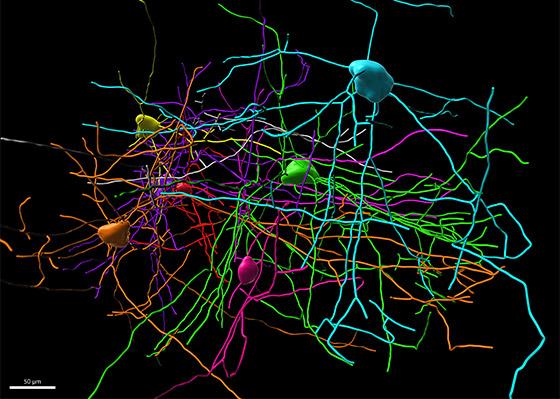
The growing availability of super resolution light microscopy allows researchers to observe cell components in greater details. Some intracellular structures, such as microtubules, endoplasmic reticulum or actin filaments can be easily detected as filaments thanks to the new Imaris 10 Filament Tracer algorithm for the looped and entangled structures. The combination of the intensity-based autopath algorithm with machine learning classifiers enables fast and precise detection of those structures. Modelling as filaments unlocks several measurements unavailable for other Imaris models, such as segment length and total length, straightness, mean diameter or orientation.
Request Pricing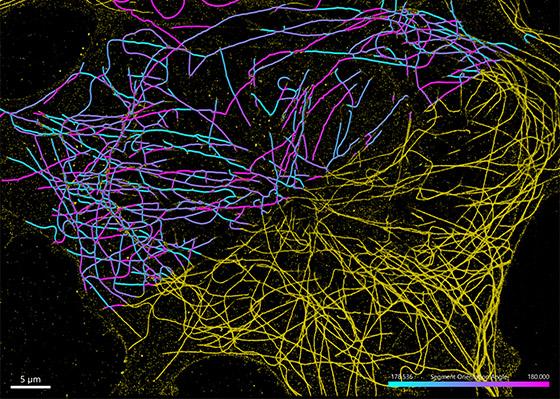
Researchers interested in tracing blood vessels get the new Loop algorithm for the efficient detection of dense vascular networks inside the brain or other organs. The characteristic feature of the blood vessel network is the large diameter difference between the main thick vessels and the small capillaries, so the Imaris 10 Filament Tracer introduced a new multi-scale seed point feature for accurate detection and measurements. From the blood vessels’ model researchers can derive measurements such as segment length and total length, diameter, mean segment intensity and orientation of segments.
Request Pricing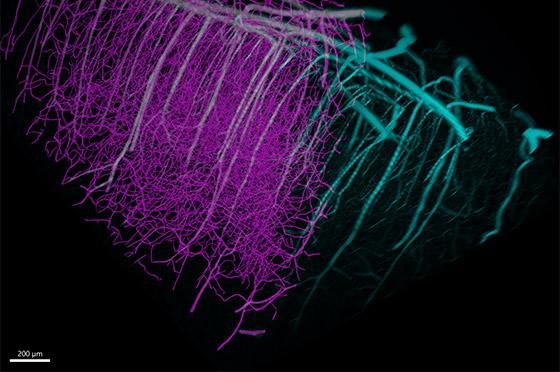
| Feature | Benefit |
| Block wise calculation of images | Trace images greater than 2GB and do it faster |
| Faster Filament object rendering | Smooth interaction (rotation, selection, etc.) of Filaments and their subcomponents |
| Multi-scale seed points | Precise detection of vessels and neurons of different diameters |
| Machine Learning point classification | Improves quality of results for mediocre quality images Can be reapplied to other images |
| Swiping selection tool | More ergonomic and efficient editing |
| Workflow improvements | Visual aids so users pick the correct path for their use case No needs to leave wizard for determining parameters – simple measurements inside the wizard New help option and Pro Tips on the workflow steps |
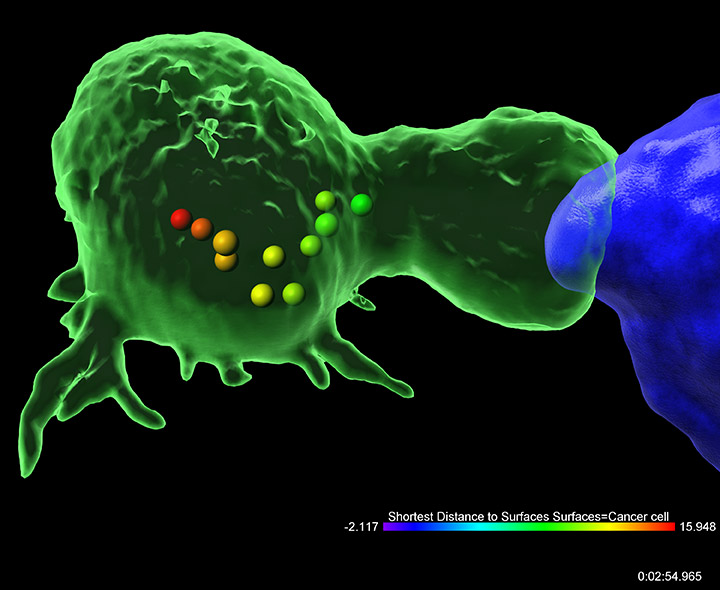
Microglia activation stage and complexity analysis

Calculation of Blood Vessel Density in Mouse Sensory Cortex Vascular Network Inside the Mouse Sensory Cortex
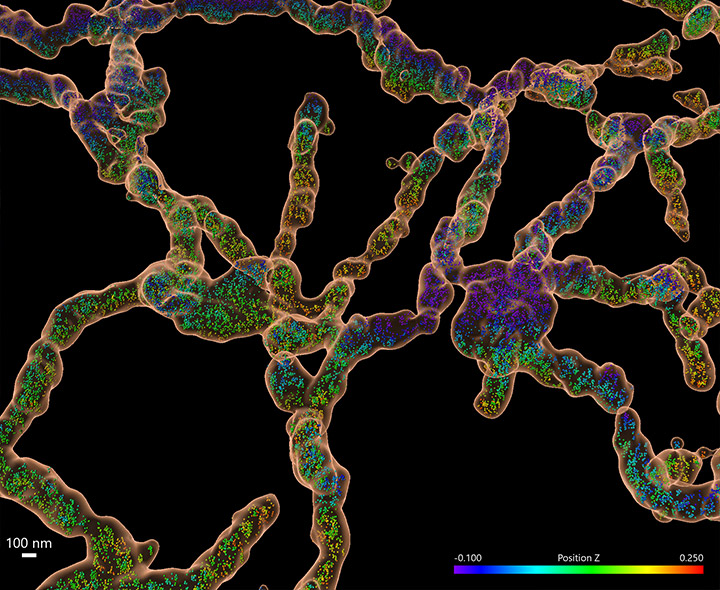
Tracing Endoplasmic Reticulum Imaged with DNA-PAINT on Andor Dragonfly 600 with 3D Super Resolution Module Encoding
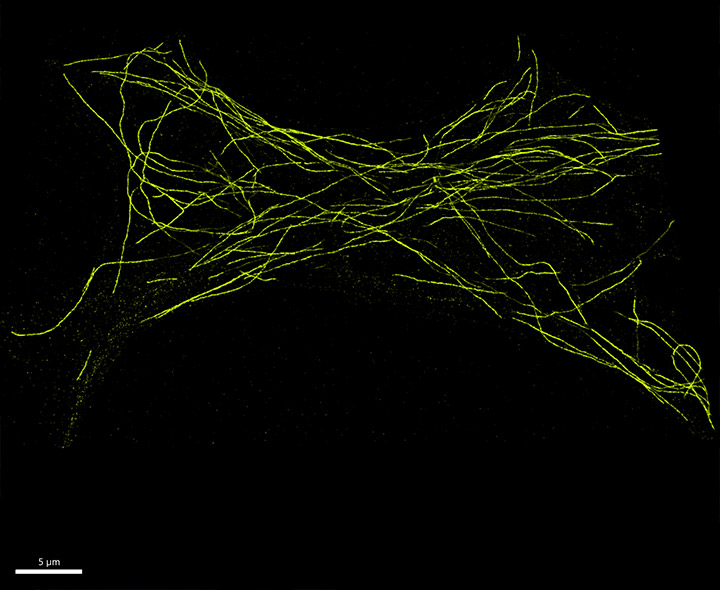
Analysing the Orientation Distribution of Microtubules Inside the Cell
The Imaris Learning Center hosts a wide range of tutorial videos, how-to articles and webinars to guide you through the many features of Imaris. We have provided some links below which will get you started on some of our most recent developments.